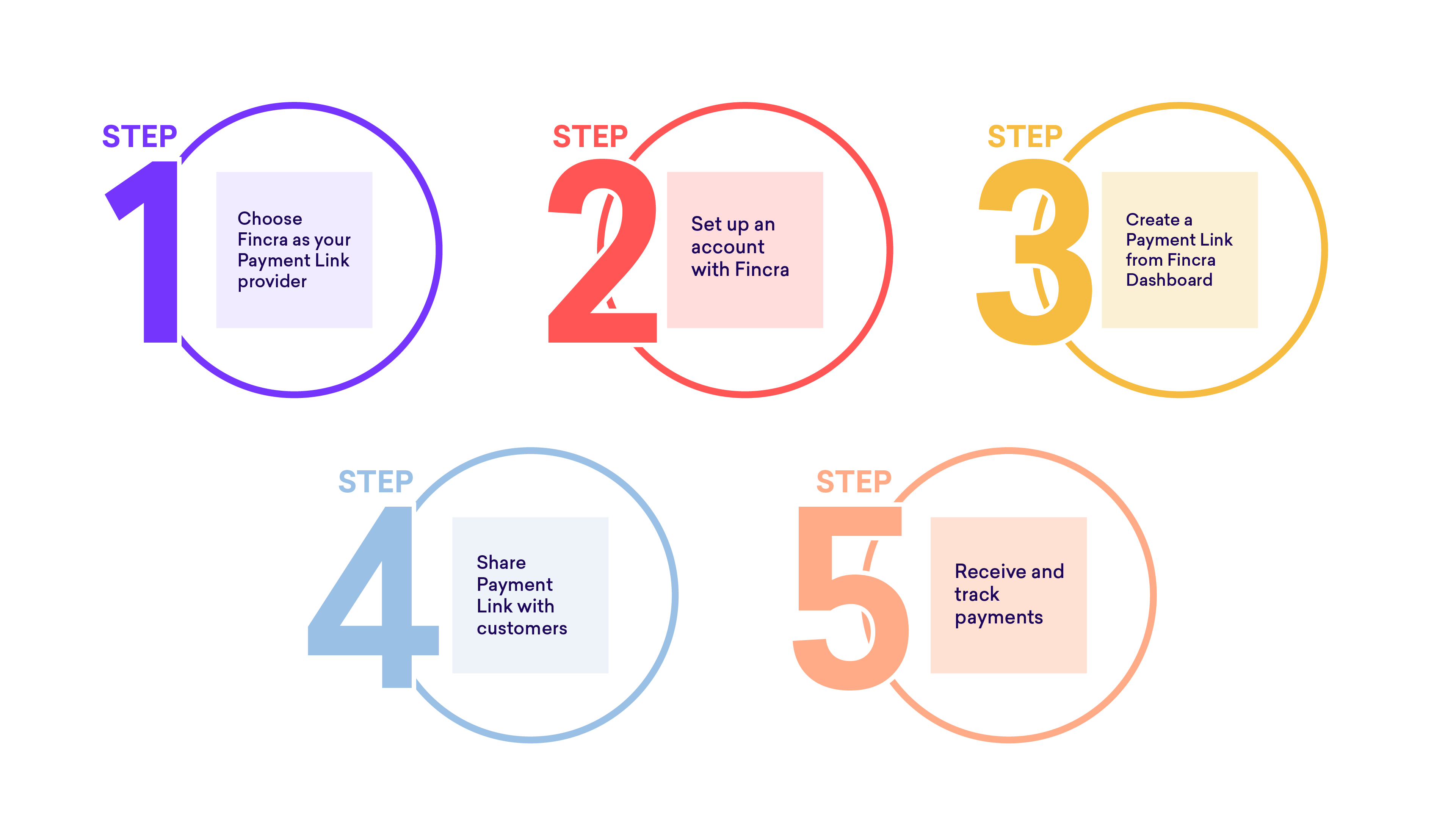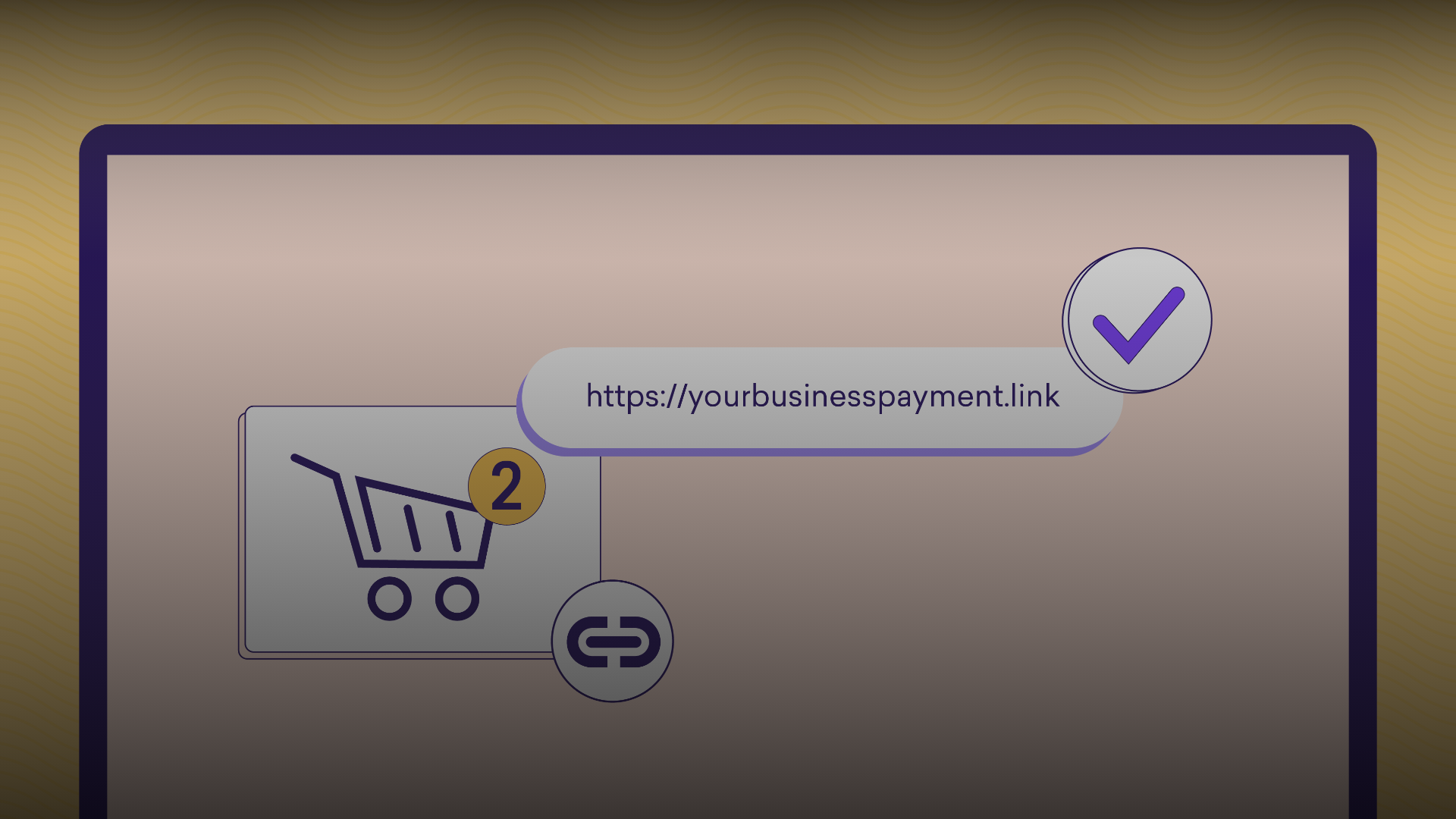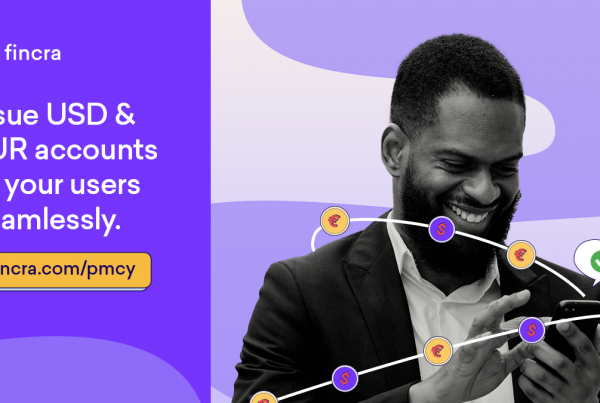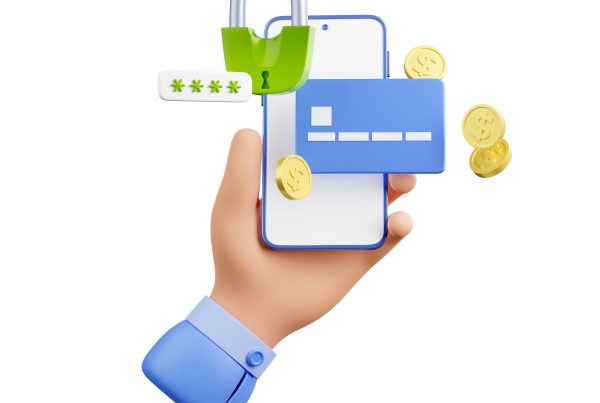Introduction
In the dynamic realm of online commerce, payment links have evolved into indispensable tools for businesses seeking to engage customers seamlessly, market effectively, and quickly complete transactions.
Navigating the internet’s diverse landscape, with distractions and constant motion, demands innovative strategies to capture customer attention.
Enter payment links – a modern solution empowering businesses to connect directly with customers, fostering increased online sales.
What is a payment link?
A payment link is a simple URL directing users to a secure online platform where transactions can occur.
This modern and convenient method, prevalent in business and e-commerce, involves the sender generating a unique payment link through platforms like Fincra.
The recipient, usually a customer or client, can then click on the link and make payments through various methods such as cards and bank transfers.
Vital for businesses to sell online, payment links offer unparalleled convenience, flexibility, and security in transactions.
Fincra is a reliable payment platform, providing businesses with the tools to generate payment links and complete transactions swiftly.
Sending a payment link
The most popular use case for payment links is for businesses to sell online without a website.
These are usually legacy and traditional businesses that have yet to fully adopt digital technology or emerging businesses that do not have the resources to manage a website.
The idea of a payment link is that it’s very sharable, enabling businesses to reach customers anywhere on the internet and sell.
The best channels to share payment links
Social media platforms
With most individuals spending significant time on social media, businesses recognise the value of meeting their audience where engagement is highest.
Email marketing campaigns
Email marketing remains a potent channel, allowing businesses to implement personalised and targeted strategies, including promotional offers and product announcements.
Messaging apps and chatbots
The popularity of messaging apps, such as WhatsApp, makes them crucial communication channels. Chatbots, though less adopted, also play a vital role.
Offline marketing materials
Although payment links are traditionally associated with online transactions, businesses can integrate them into physical marketing materials like brochures, flyers, billboards, or print advertisements.
Read more on this here.
The best time to share payment links
Direct sales
When customers are ready to purchase, businesses can share payment links during conversations to facilitate a smooth transaction.
Post-purchase communication
After a customer completes a purchase, sharing payment links becomes essential for fostering additional transactions, such as upsells or subscription renewals.
Invoice and billing
For businesses with extended payment terms, sending payment links with invoices ensures prompt and frictionless transactions.
Product demos or trials
During product demonstrations or trial periods, engaging potential customers with payment links at the right moment seamlessly transitions them into paying customers.
Appointment and booking confirmations
For service-oriented businesses, sharing payment links upon confirming appointments or bookings streamlines the payment process and reduces friction.
Limited-time promotions
Linking payment options with limited-time promotions creates urgency, driving immediate conversions.
Read details here.
The benefits of sending payment links
Streamlining the payment process
Sending payment links accelerates transaction times, reducing the need for manual data entry and traditional payment methods. This, in turn, enhances overall efficiency.
Improved cash flow
Faster payments improve cash flow, a crucial factor for businesses relying on timely transactions to maintain a healthy financial state.
Enhanced customer experience
The convenience offered by payment links results in a user-friendly experience, fostering increased customer satisfaction and loyalty.

Step 1: Choose a reliable payment gateway-Fincra
Selecting a trusted payment platform is pivotal, and Fincra emerges as a gateway offering reliable payment links for seamless transactions.
Step 2: Create a Fincra account
The registration process with Fincra is user-friendly, involving the provision of business information and completion of the know-your-customer (KYC) process in compliance with anti-fraud measures.
Step 3: Set up your payment link
Creating an account with Fincra and completing your KYC requirement gets you access to the Fincra Dashboard.
On the Dashboard, click ‘Collections ‘in the menu section and then click ‘Payment Link ‘.
On the ‘Payment Link’ overview page, click ‘Create a Payment Link ‘at the top of the right section of the page and fill in the details of your business name, link description, amount of the transactions, currency etc.
Next, choose who bears the cost of the transaction; this could either be the business or your customer.
Then click on ‘Create ‘, and your payment link is ready.
Step 4: Test the payment link
Before making the link available to customers, conduct a thorough test to ensure seamless functionality. Process a test transaction to verify that payments are processed successfully and necessary notifications are received.
Confident in the link’s functionality, businesses can now share it with customers across various channels, reaching them anywhere online.
Conclusion
In online commerce, payment links have emerged as powerful tools, enabling businesses to transcend the constraints of website-centric transactions. The key lies in understanding the tactics of where and when to share these links.
With Fincra, businesses possess the tools to seamlessly collect payments, making payment links valuable for enterprises of all sizes and types.
Create a free account with Fincra today: Start leveraging Fincra Payment Links to streamline transactions and elevate online sales. Embrace the future of digital transactions with confidence!




